LM2596 Buck Converter: A Comprehensive Guide
The LM2596 buck converter is a widely used DC-DC step-down voltage…
“Transform your understanding of converters with Electrical Hub’s dedicated category. Explore the principles, types, and applications of these essential electronic devices. Stay informed about how converters play a pivotal role in adapting and managing electrical power and signals.”

The LM2596 buck converter is a widely used DC-DC step-down voltage…

In the world of power electronics, voltage-fed push-pull converters play a…
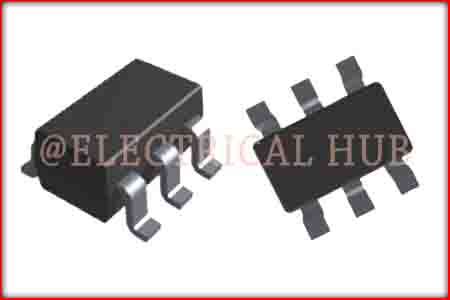
The MT3608 Boost Converter Module is a compact, high-efficiency voltage booster designed to elevate voltages from as low as 2V up to a maximum of 28V DC. This device plays a vital role in applications where precise voltage amplification is essential. Its compact size and versatile design make it a preferred choice for a wide range of voltage-boosting requirements.
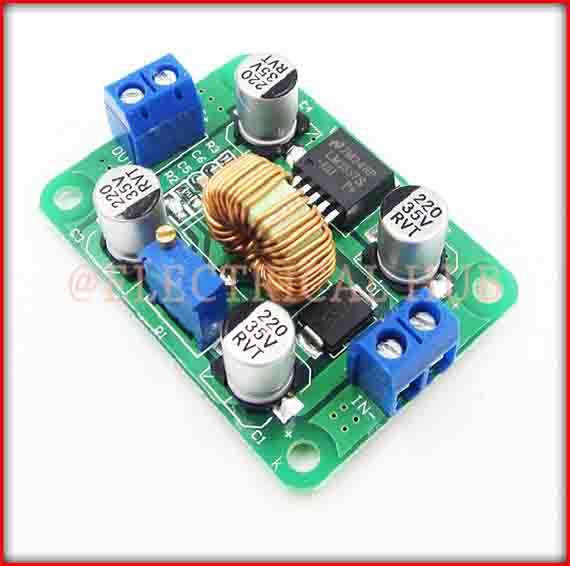
The LM2587 IC, renowned in the domain of electronics, stands as a pivotal component in voltage regulation and power management. As a switching regulator, it excels in transforming input voltages into higher, more controlled output levels, making it an indispensable choice across a wide array of electronic applications.
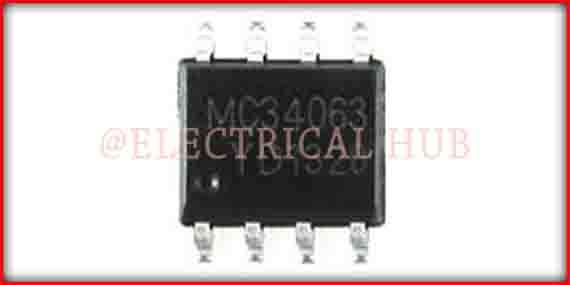
The MC34063 IC is a versatile and widely used monolithic switching regulator. It’s renowned for its efficiency and flexibility in DC DC converter applications. Let’s explore its technical specifications, features, applications, and common troubleshooting issues.

The LM2577 is more than just a tiny chip in the world of electronics; it’s a key player in power management. This little marvel belongs to the family of voltage regulator integrated circuits, and it’s a master at boosting voltage levels efficiently. When you need to take a low input voltage and elevate it to a higher output voltage, the LM2577 steps in with its wizardry.

Embedded within the core of voltage regulation systems, the MT3608 IC reigns supreme as a powerhouse component renowned for its exceptional efficiency, adaptability, and compact design. Its primary function revolves around seamlessly transforming low voltages into higher, more usable levels, making it an indispensable component across a myriad of electrical circuits and applications. .

A flyback converter, also known as a flyback transformer or buck-boost converter, is a type of switched-mode power supply (SMPS) used to convert one DC voltage to another. It is commonly used in low to medium-power applications and has unique features that make it suitable for a variety of electronic devices and power sources.
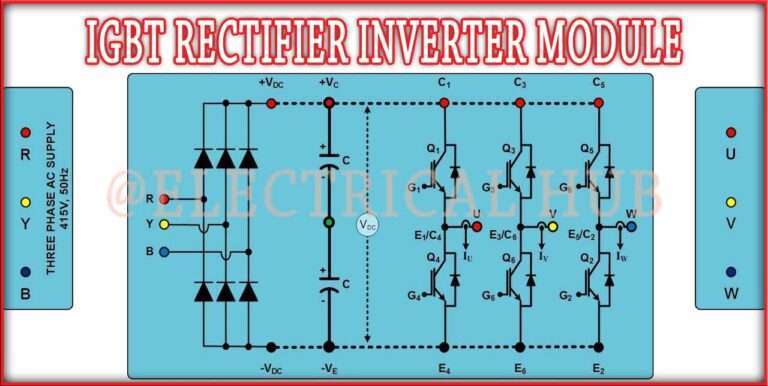
An IGBT rectifier, also known as an “Insulated Gate Bipolar Transistor rectifier,” is a kind of rectification circuit that uses IGBTs to change direct current (DC) from alternating current (AC). IGBT rectifiers are widely used in many different applications, especially in power systems and industries where accurate control of DC voltage and current is crucial.
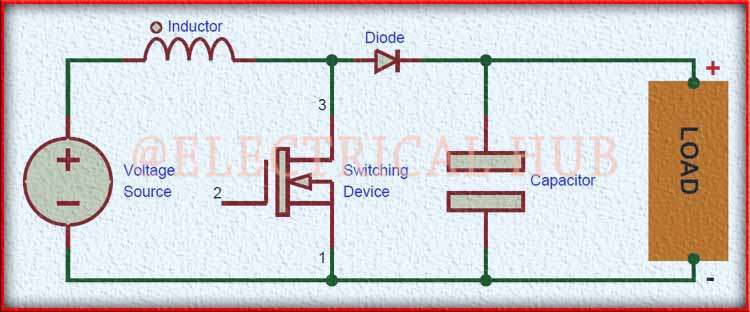
In this talk, we’ll look at a variety of boost converter interview questions and get into the specifics of their construction, functionality, and real-world uses. These boost converter interview questions will highlight less-discussed details and offer insightful information on this crucial technology, whether you’re a prospective engineer getting ready for a job interview or an industry professional looking to expand your knowledge.
HVDC Converter Efficiency HVDC Converter Efficiency is an important factor in…
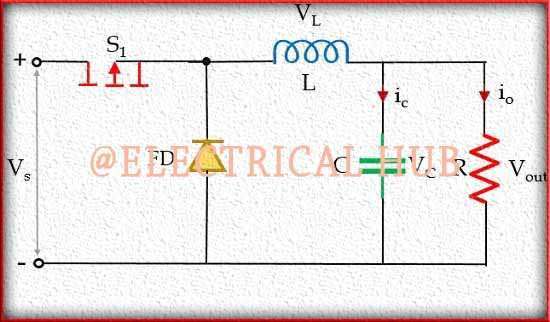
It’s a pleasure to welcome you to this thorough discussion of…
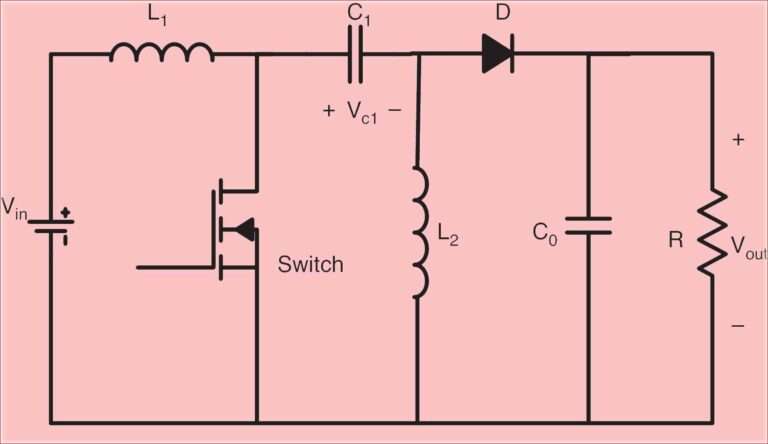
DC DC converters play a pivotal role in modern electronics by enabling efficient voltage level transformations for various applications. As power conversion remains a fundamental aspect of electronic systems, understanding the principles, design considerations, and practical implications of DC DC converters becomes crucial for engineers and professionals in the field.

DC to DC converter types are used in power electronics to efficiently convert one DC voltage level to another. They find applications in various fields, such as power supplies, renewable energy systems, electric vehicles, and portable electronic devices.
| Cookie | Duration | Description |
|---|---|---|
| cookielawinfo-checkbox-analytics | 11 months | This cookie is set by GDPR Cookie Consent plugin. The cookie is used to store the user consent for the cookies in the category "Analytics". |
| cookielawinfo-checkbox-functional | 11 months | The cookie is set by GDPR cookie consent to record the user consent for the cookies in the category "Functional". |
| cookielawinfo-checkbox-necessary | 11 months | This cookie is set by GDPR Cookie Consent plugin. The cookies is used to store the user consent for the cookies in the category "Necessary". |
| cookielawinfo-checkbox-others | 11 months | This cookie is set by GDPR Cookie Consent plugin. The cookie is used to store the user consent for the cookies in the category "Other. |
| cookielawinfo-checkbox-performance | 11 months | This cookie is set by GDPR Cookie Consent plugin. The cookie is used to store the user consent for the cookies in the category "Performance". |
| viewed_cookie_policy | 11 months | The cookie is set by the GDPR Cookie Consent plugin and is used to store whether or not user has consented to the use of cookies. It does not store any personal data. |